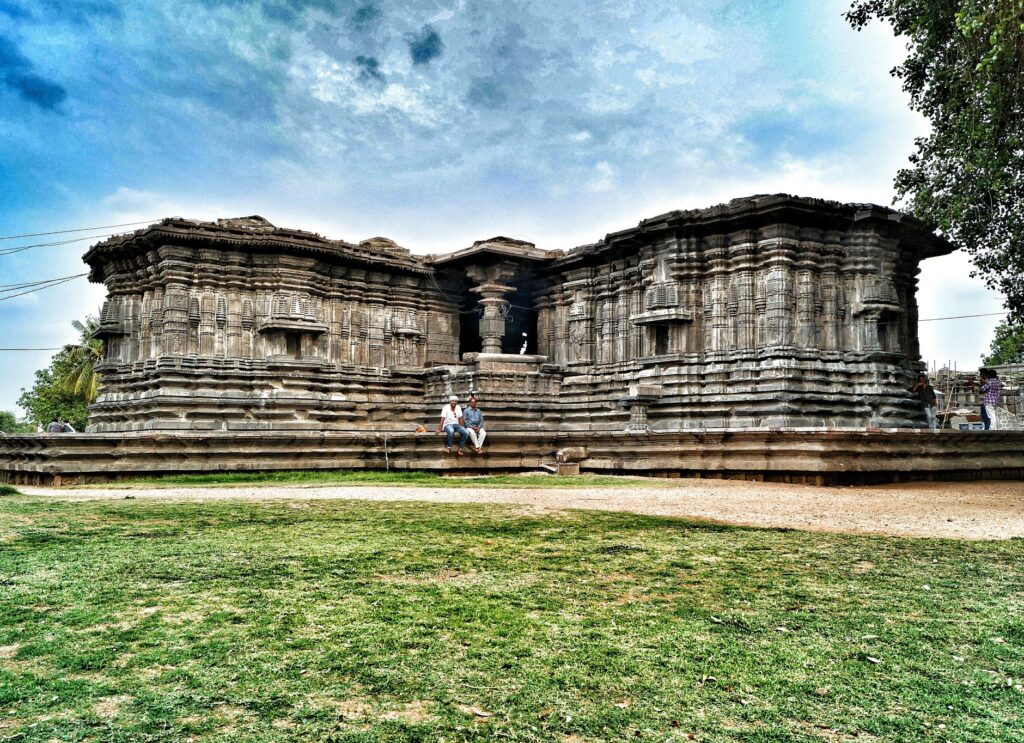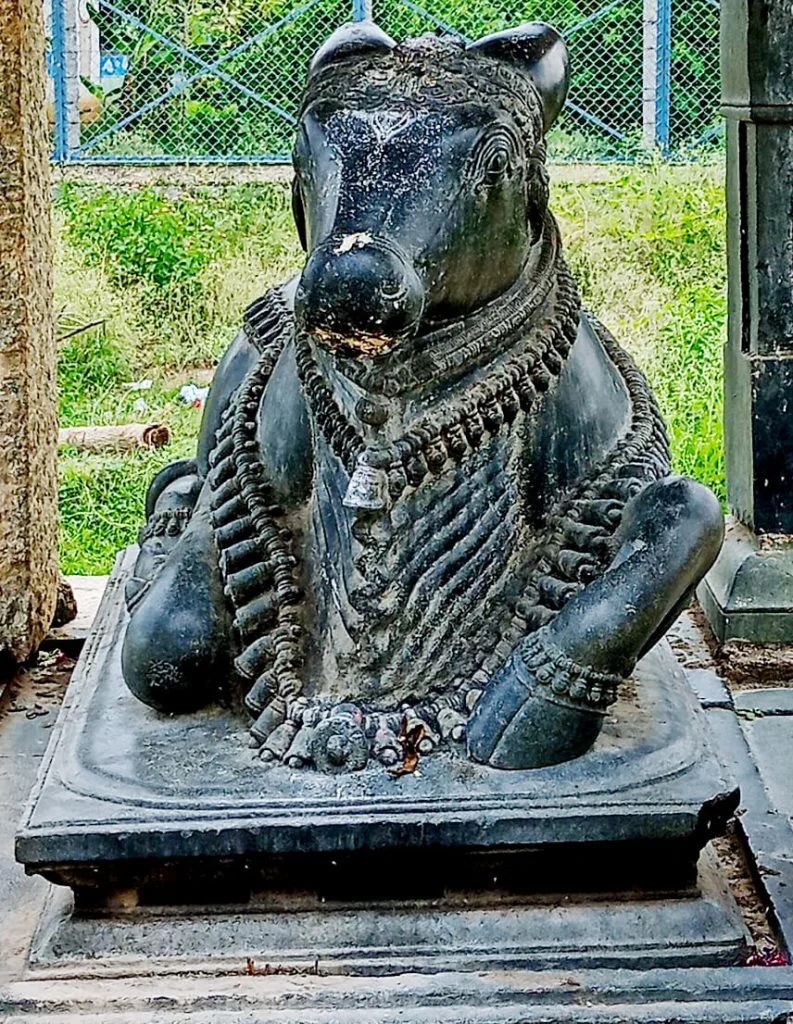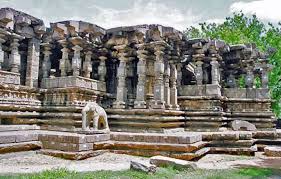
The Thousand Pillar Temple, located in Hanamkonda, Telangana, is a historic Hindu temple renowned for its architectural brilliance and spiritual significance. Built during the Kakatiya dynasty, this temple is a classic example of Kakatiya architecture and represents the cultural and artistic achievements of the region.
Overview of the Thousand Pillar Temple
- Location: Hanamkonda, Telangana, India.
- Deities: Dedicated to Lord Shiva (Rudreshwara), Lord Vishnu, and Lord Surya (Sun God).
- Built By: Rudra Deva (Kakatiya ruler) in 1163 CE.
- Architectural Style: Kakatiya architecture with intricate carvings and unique temple layout.
- Significance: A symbol of devotion, artistic excellence, and engineering expertise.
Key Features
Trikootalaya (Three Shrines):
- The temple is a Trikootalaya, housing three main shrines dedicated to Shiva (Rudreshwara), Vishnu, and Surya.
- The shrines are interconnected by a spacious mandapa (hall).
Thousand Pillars:
- Despite its name, the temple does not have exactly 1,000 pillars, but it derives its name from the numerous intricately carved pillars within the complex.
- The pillars are designed to create a maze-like effect and showcase stunning carvings of deities, floral motifs, and geometric patterns.
Star-Shaped Sanctum:
- The temple is built on a star-shaped platform, enhancing its visual appeal.
- This design ensures that the temple looks magnificent from all angles.
Nandi Mandapa:
- A massive monolithic statue of Nandi (Shiva’s bull) is positioned in the temple complex.
- The Nandi faces the sanctum of Lord Shiva and is exquisitely polished.
Intricate Sculptures:
- The walls, ceilings, and pillars are adorned with carvings depicting mythological stories, celestial beings, and intricate floral designs.
Temple Tank:
- A temple tank, known as the Koneru, is located nearby and was used for ritual bathing and as a water source.


Architectural Brilliance
- Material Used:
- The temple is constructed using black basalt and granite, showcasing the Kakatiya dynasty’s expertise in stonework.
- Sand-Box Technology:
- The foundation of the temple employs sand-box technology, ensuring durability and stability against seismic activity.
- Craftsmanship:
- The carvings demonstrate a blend of Chalukyan and Kakatiya styles, showcasing exquisite craftsmanship.
